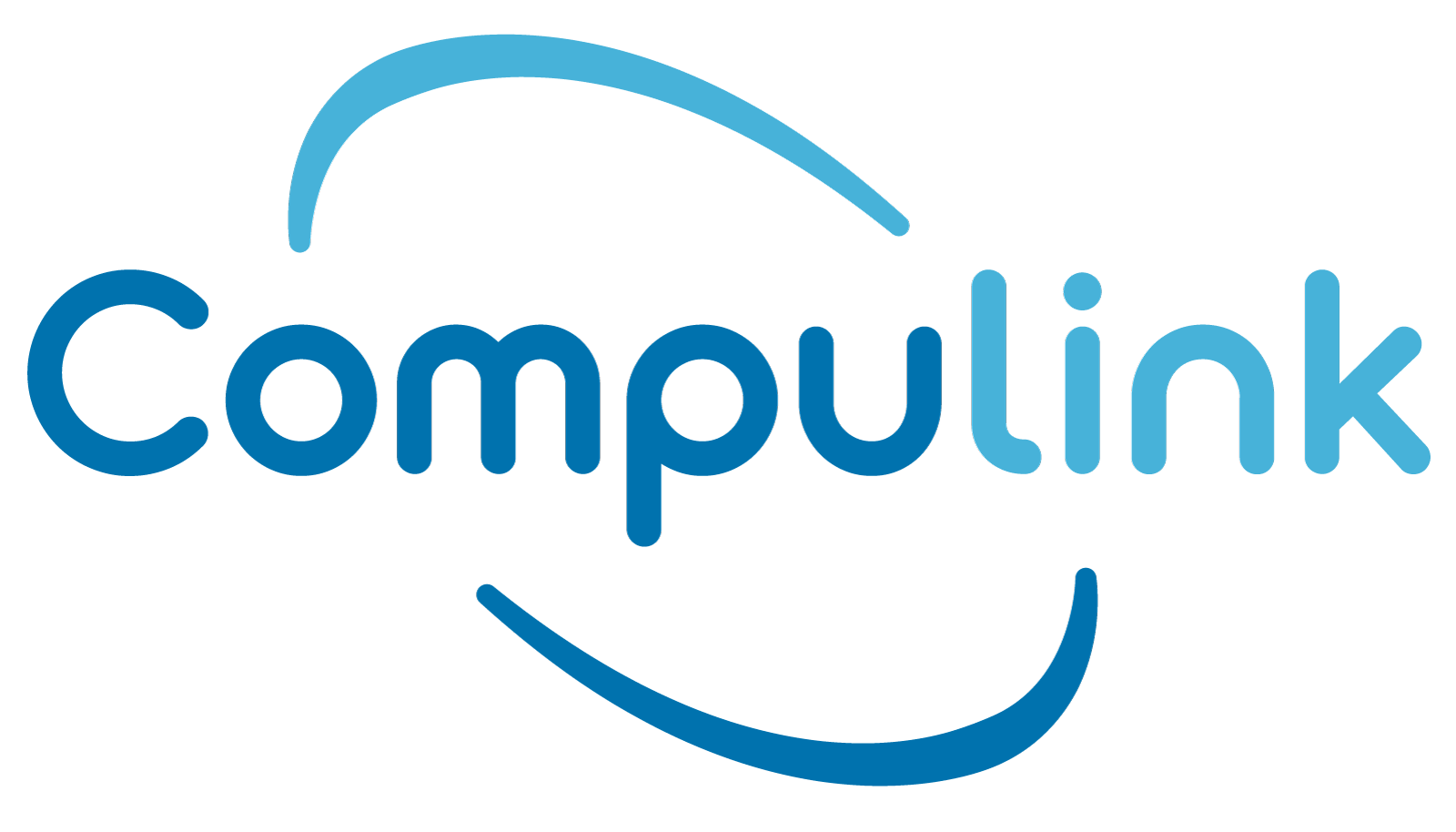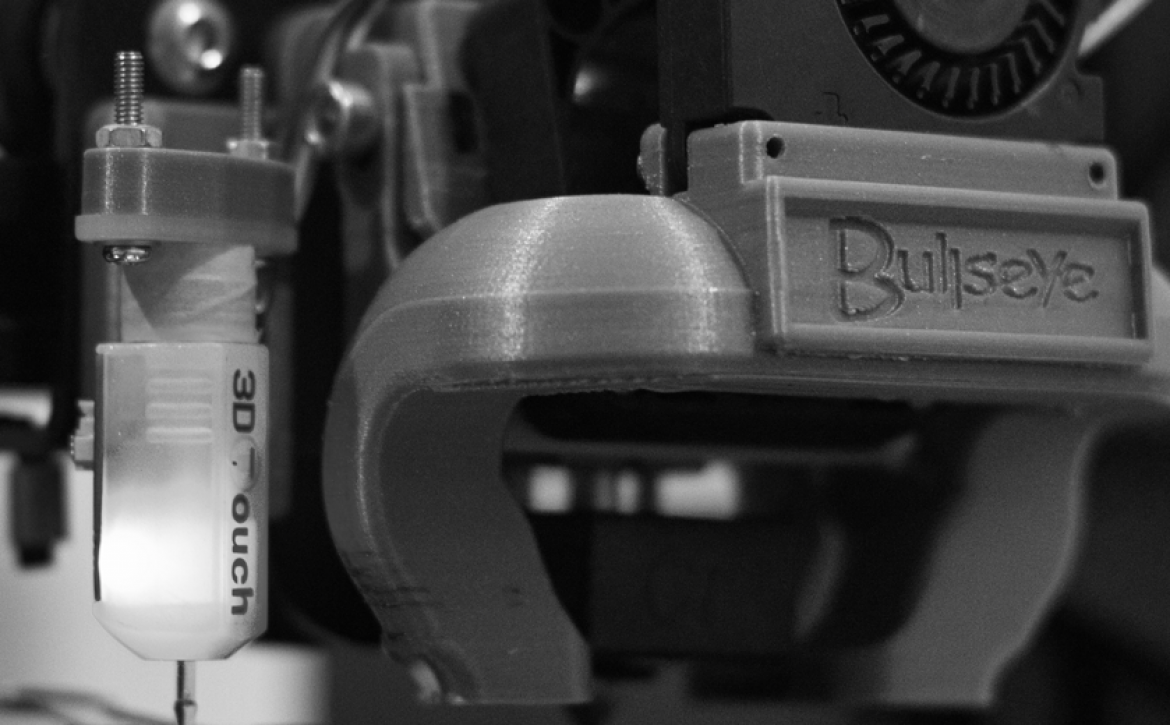What is Juneteenth?
As a certified MBE and MWBE, Compulink Technologies, Inc. is excited to hear the recent news that Juneteenth has been recognized as a National Federal Holiday.
What is Juneteenth?
We’re glad you asked. Juneteenth marks the official end of slavery in the United States.
I thought that was the Emancipation Proclamation?
Yes and no. The Emancipation Proclamation was signed into effect by Abraham Lincoln on January 1, 1863, which declared that “all enslaved people in the States, henceforth, would be free forever.” While this signaled the end of slavery in the United States, it did not become official until when a Union General by the name of Gordon Granger travelled south to Galveston, Texas on June 19, 1895 and informed enslaved African-Americans of their freedom and end of the war. General Granger’s announcement put into effect the Emancipation Proclamation and marked the end of slavery in the United States as we know it. The holiday received its name by combining June and 19, the day of Granger’s announcement.
Interesting. How is it celebrated today?
Lots of ways. The holiday was originally celebrated in Texas as a way to commemorate the final domino pieces that toppled that would end slavery in the United States. Since 1979, the holiday has been recognized and slowly gained traction, state-by-state. Today, the bill has been signed into law as a national holiday and there are many cities such as Atlanta, Los Angeles, and Detroit that host city parades and other festivities.
Conclusion:
Today we celebrate this momentous event in American History, where we can catch our breath and see for ourselves the positive changes that have taken into effect throughout our past. We must never forget our history, and we must always strive each day to make our promise to make this nation a place where all people are created equal.





